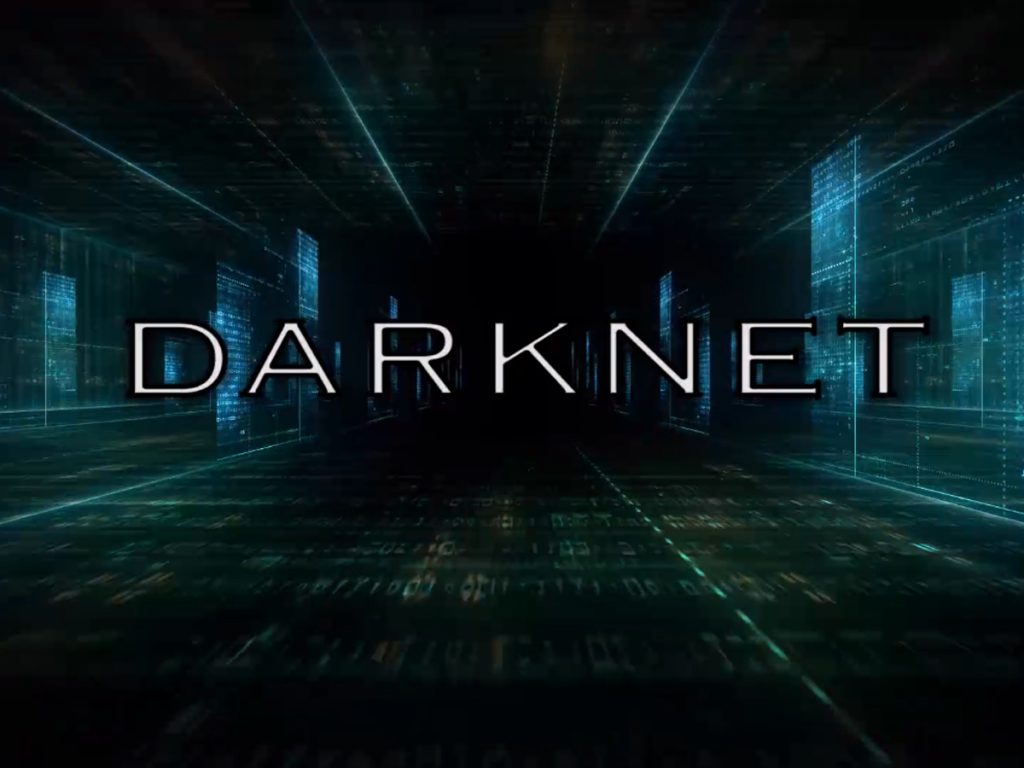Confidently Tackle Cybercrime with Leading-Edge Computer Forensics Techniques
In the modern digital age, cybercrime has become one of the most significant threats to individuals, businesses, and governments. With criminals increasingly leveraging advanced technologies, it has become essential to use cutting-edge computer forensics techniques to investigate, prevent, and prosecute cybercrime effectively. Computer forensics is the science of collecting, analyzing, and preserving data from computers and digital devices to investigate criminal activity. This discipline not only aids in solving cybercrimes but also plays a crucial role in preventing future incidents. By employing the latest tools and methodologies, forensic experts can confidently tackle cybercrime and ensure justice. The primary challenge in cybercrime investigations is the dynamic nature of digital environments. Cybercriminals often leave minimal traces of their actions, using sophisticated techniques to cover their tracks. However, computer forensics experts have developed advanced techniques that can uncover these hidden traces, even in the most complex cybercrimes. One of the core methods in modern computer forensics is data carving, which involves recovering deleted or corrupted files from a computer system or storage device.

This technique relies on identifying and reconstructing pieces of data that may not be immediately visible but can provide crucial evidence. In cases of cybercrime, where data manipulation and deletion are common tactics, data carving becomes invaluable. Another powerful technique used by forensic investigators is network forensics. With cybercrimes often involving a network of interconnected devices, understanding the flow of data through these networks is critical. Network forensics focuses on the analysis of network traffic to trace the origin and path of cyberattacks. By examining packets of data as they move across the network, forensic experts can identify malicious activities such as unauthorized access, data breaches, or denial-of-service attacks. This technique not only aids in identifying the perpetrators but also helps in reconstructing the sequence of events, which is vital for legal proceedings. In addition to these traditional methods, machine learning and artificial intelligence AI are increasingly playing a role in modern cybercrime investigations.
These technologies enable forensic experts to process large volumes of data quickly and accurately, identifying patterns that may be too complex for humans to detect. AI-based tools can analyze behavior patterns, detect anomalies, and even predict potential cyber threats before they manifest. This proactive approach is essential in tackling cybercrime, where the speed of response often determines the extent of damage. For example, AI can help in identifying phishing attempts, malware infections, and other suspicious activities in real time, allowing for immediate intervention. As cybercrime continues to evolve, so too must the tools and techniques used to combat it. The integration of advanced technologies like AI, machine learning, and blockchain analysis into computer forensics has significantly enhanced the ability of investigators to tackle cybercrime. Computer Forensics Guide confidently employing these leading-edge techniques, forensic experts can not only solve cybercrimes more effectively but also prevent future attacks. In a world where the threat of cybercrime is ever-present, staying ahead of the curve in computer forensics is essential for ensuring the security and integrity of digital systems worldwide.






